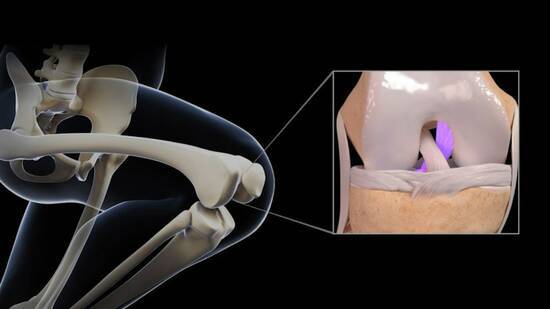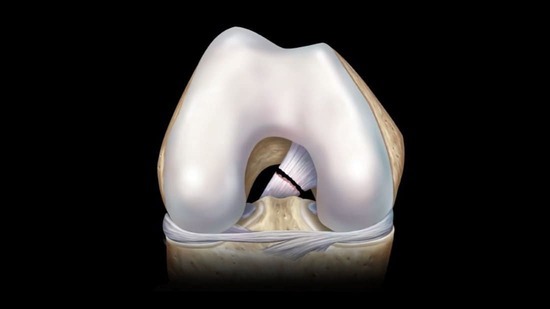Posterior Cruciate Ligament (PCL) Tears
The posterior cruciate ligament, or PCL, is the counterpart to the anterior cruciate ligament, or ACL. Together, these ligaments form an X within the knee and stabilize the knee joint. The PCL prevents the shinbone from moving too far backward.
Open this page on your mobile device.
What is a Posterior Cruciate Ligament (PCL) Tear?
Causes, Symptoms, and Diagnosis
While PCL tears are less common than ACL tears, they can occur from a direct blow to the front of the shin. Tearing the PCL can result in pain, swelling, and stiffness. These symptoms could make movements like walking, running, squatting, and going up and down stairs difficult and painful.
Posterior Cruciate Ligament (PCL) Tears: Overview
3m
Posterior Cruciate Ligament (PCL) Tear Treatment
With and Without Surgery
Treatment for a PCL tear depends on the severity of the tear and the patient’s symptoms. Many PCL tears can recover with nonsurgical treatment, including physical therapy. Surgery may be needed for significant PCL tears, especially if another part of the knee is also injured.
Posterior Cruciate Ligament (PCL) Tears: Treatment Options
2m
Posterior Cruciate Ligament (PCL) Tear Surgery
Surgical Demonstration
PCL surgery is performed using knee arthroscopy, a minimally invasive technique that uses small incisions, a camera, and small instruments to reconstruct the PCL with a tendon graft.
Posterior Cruciate Ligament (PCL) Tears: PCL Reconstruction Using an All-Inside, All-SoftTissue Graft
5m
The Arthroscopy Association of North America


Powered by:

© 2023 Arthroscopy Association of North America. All rights reserved. Privacy Policy. Return Policy.





